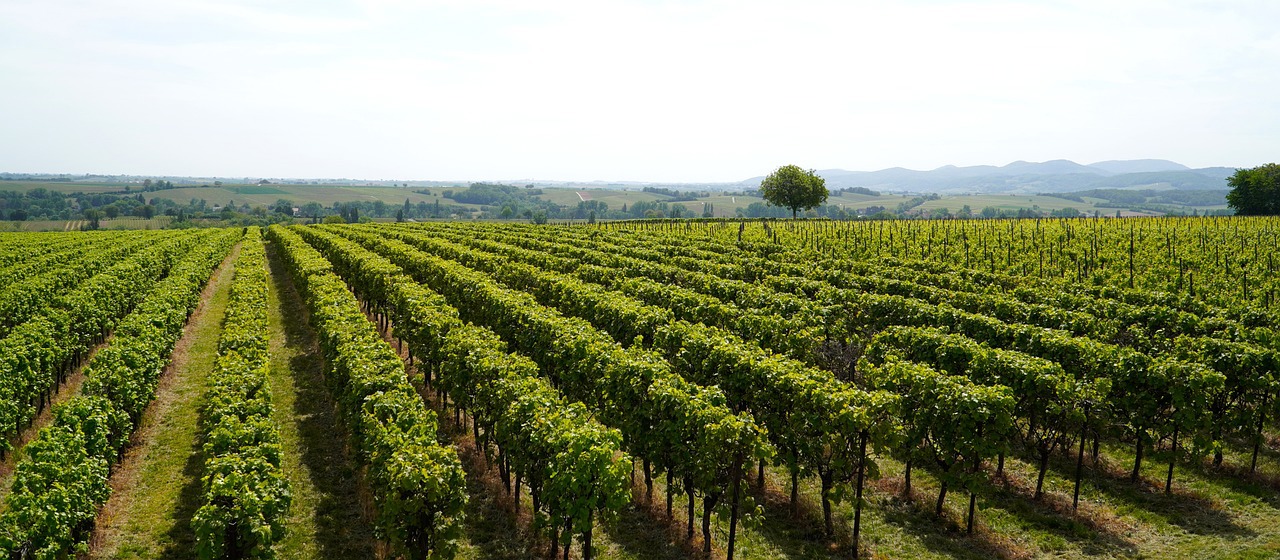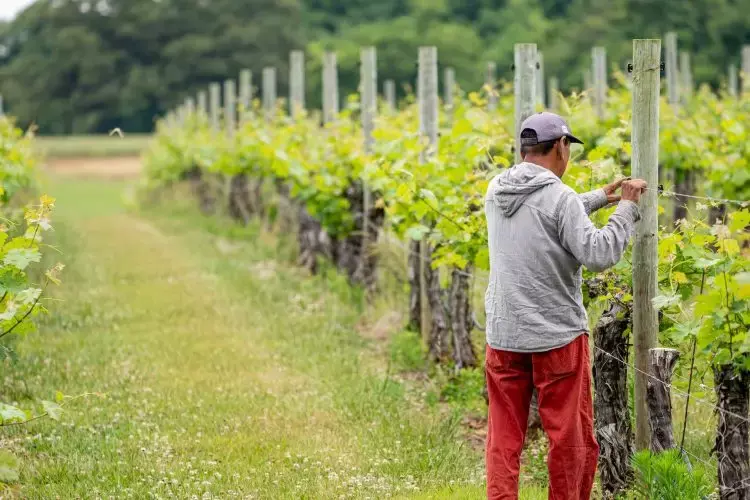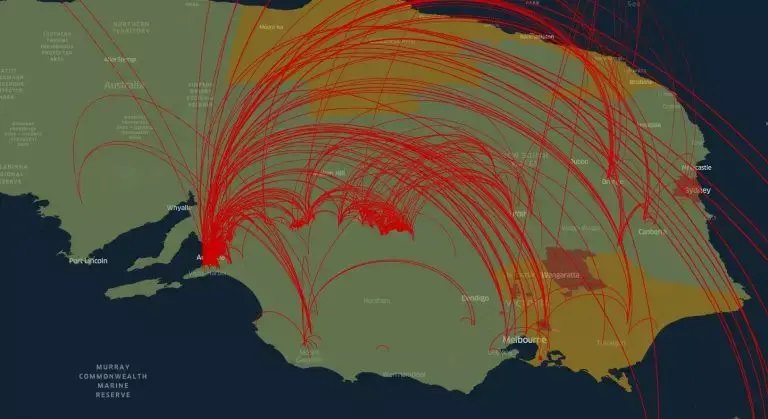NSW Department of Primary Industries and Onside Intelligence
Read how NSW Department of Primary Industries is using Onside Intelligence to pilot a vineyard biosecurity solution.

NSW Department of Primary Industries (DPI), New South Wales Wine Industry Association (NSW Wine) and the Southern NSW Drought Resilience Adoption and Innovation Hub have partnered with Onside Intelligence to pilot a vineyard biosecurity solution. The project is a joint initiative and forms part of the Australian Government’s Agricultural Innovation Hubs Program.
The Track & Trace pilot project gives winegrape growers in Orange, Mudgee, Canberra and Tumbarumba access to a free, simple and effective way to improve industry readiness for and response to biosecurity threats. Onside offers extra options to streamline and digitise vineyard operations safety and compliance, including digital record keeping for the Sustainable Winegrowing Australia certification.
Using Onside, winegrape growers and contractors can report all plant material, machinery and equipment movements on and off vineyards. The project aims to test how effectively a technology-based solution can break down barriers associated with best practice on-farm biosecurity.
NSW DPI is testing how effectively Onside’s live data and traceability capabilities can deliver accurate and speedy responses to emerging biosecurity threats.
Why is it important?
Everyone in NSW has a general biosecurity duty under the NSW Biosecurity Act 2015. The principle of shared responsibility means everyone must do whatever is reasonable to prevent, eliminate, or minimise biosecurity risks. The spread of endemic pests and diseases, or incursion of exotic pests and diseases poses a huge threat to the viticulture industry. Building and maintaining accurate movement date around biosecurity threats helps to protect the long-term resilience of the NSW wine industry and the broader region.

Who does it affect?
A biosecurity risk might be a disease or pest that already exists within a restricted area, or a recent new incursion in Australia, NSW, a region or a vineyard.
If a pest or disease outbreak occurs, it takes time to conduct tracing investigations, to inform the response and minimise the potential short, medium and long-term impact caused due to economic losses.
There are numerous potential vectors of biosecurity risks in the viticulture industry that are currently not reliably or effectively traceable. Vectors can include machinery, vehicles, internal staff, contractors, consultants, researchers, site visitors and the general public.
The viticulture industry commonly uses contractors and equipment that move across regional and state borders. With increasing automation and the potential increased use of automated machines on a contract basis, it could also reasonably be expected that biosecurity risks may increase.

Why is it important?
Currently, people typically record movements of machinery, equipment and plant material manually. This is time consuming, especially in a response. Onside’s app is designed for winegrape growers to use in the field on a mobile device, without the need for physical notebooks or spreadsheets.
How can I get involved and use automated recordings?
If you are a winegrape grower in Orange, Mudgee, Canberra or Tumbarumba you have been sent an invitation from NSW DPI to join the Track & Trace pilot project and register to use Onside’s Check-in app. If you decide to join and use Onside to record movements on and off your vineyard, you’ll be contributing to the NSW and Australian Governments’ ongoing efforts to ensure the long-term resilience of the NSW wine industry and local communities.
You can enable automated recording in Onside once you’ve signed up. You can deactivate automated reporting at any time.
Getting your staff and contractors started
Most businesses have a few key people or contractors that typically move plant material around. Learn more about inviting contractors to Onside.
Contact NSW DPI’s Leonie Martin on 0428 569 822 or the Onside team at 1800 112 334 if you have any questions.
FAQs
-
What am I agreeing to share with NSW DPI?
When you enable reporting via Onside, you are agreeing to share:
- plant material movement records stored in Onside.
- anonymised visitor logs with NSW DPI.
- in the event of a biosecurity concern, NSW DPI may ask to contact an anonymous visitor. In this case NSW DPI will let you know before contacting this user. It is only in this case that visitor details are shared with NSW DPI.
-
How does this programme protect the industry?
Pooling this data in a standardised format allows modelling of disease spread, which provides protection of the sector.
In the event of a biosecurity incursion or investigation, NSW DPI will be able to contact property owners where high-risk movements have occurred, quickly trace movements and isolate any disease spread.